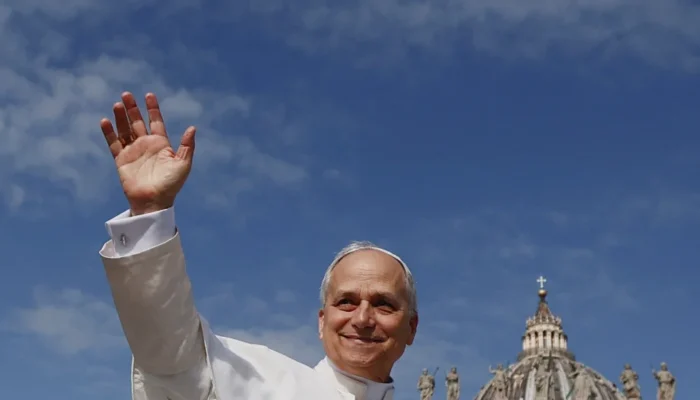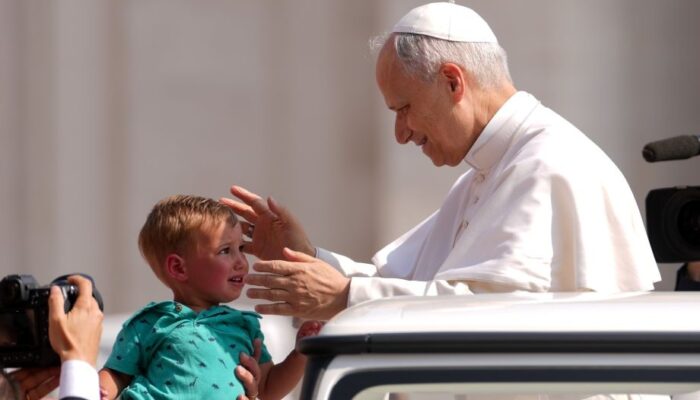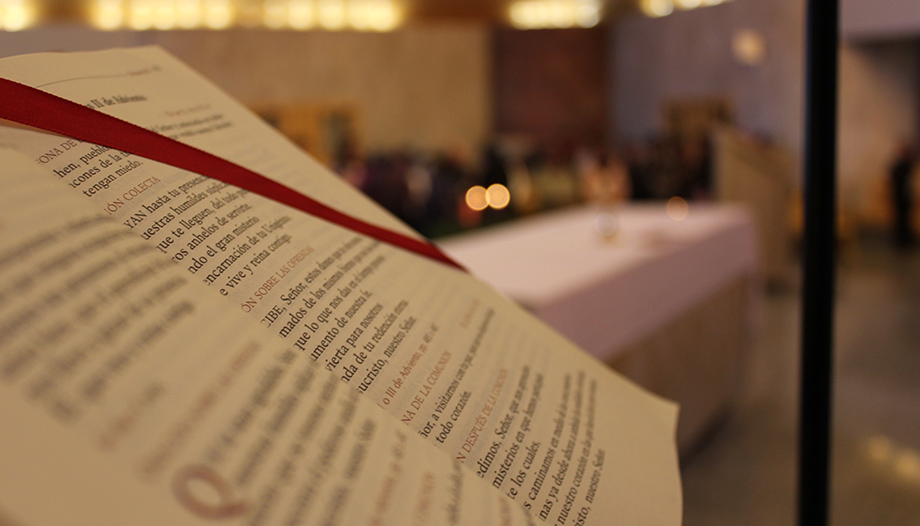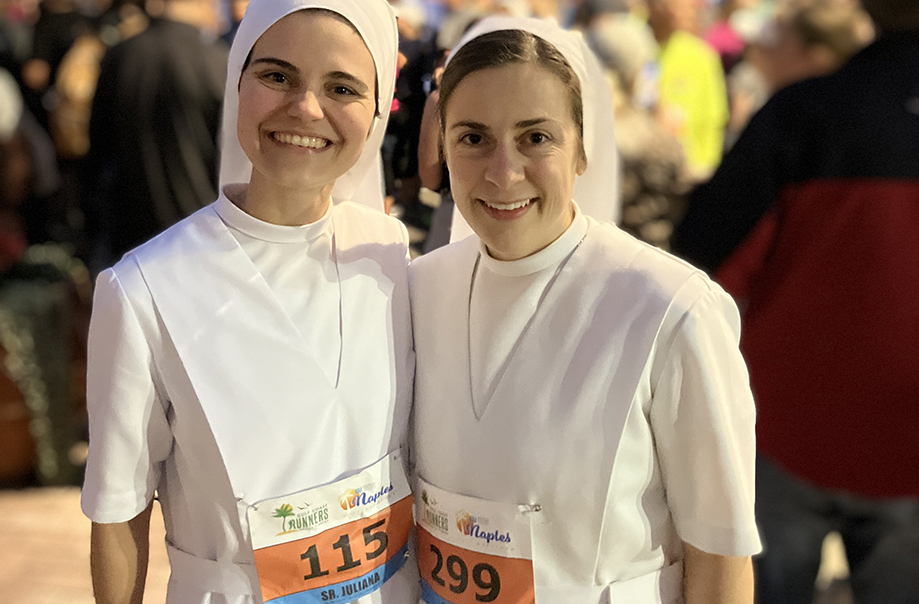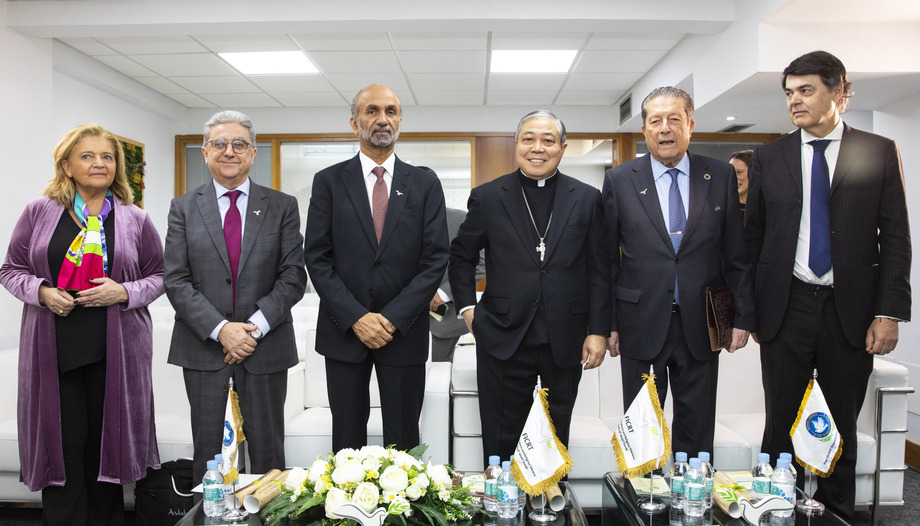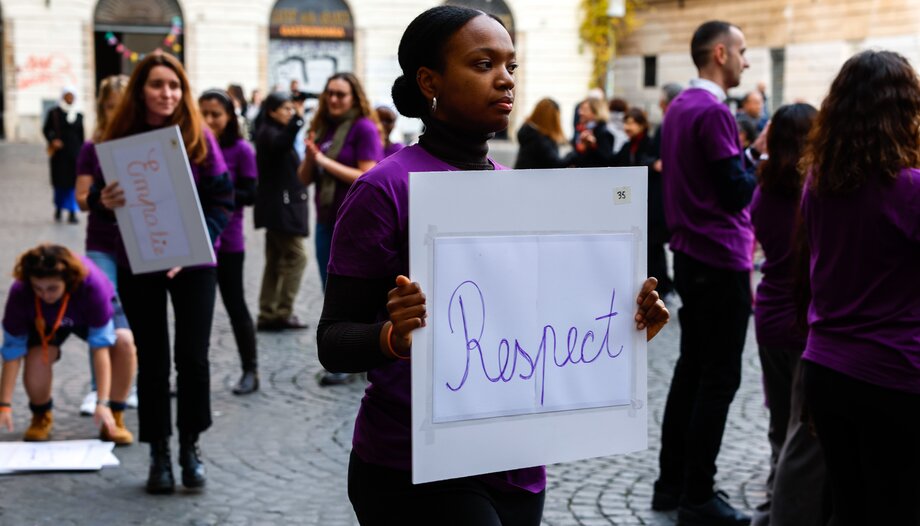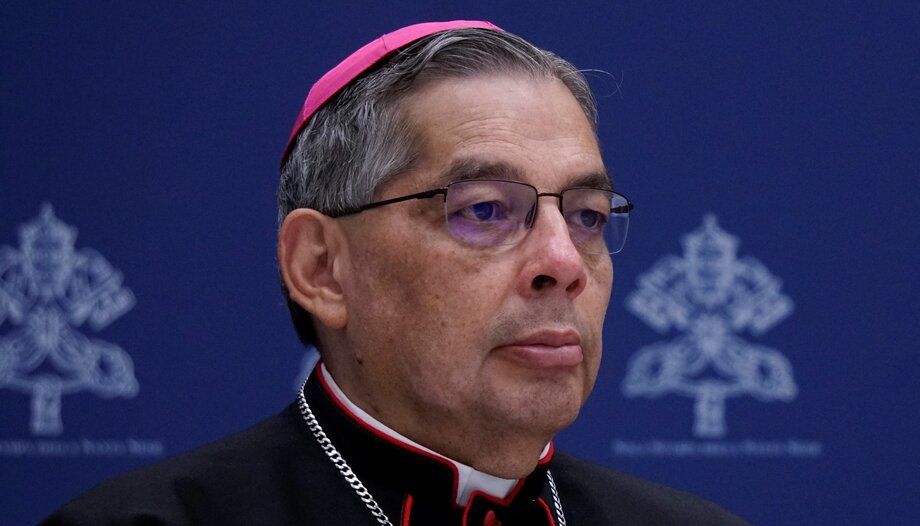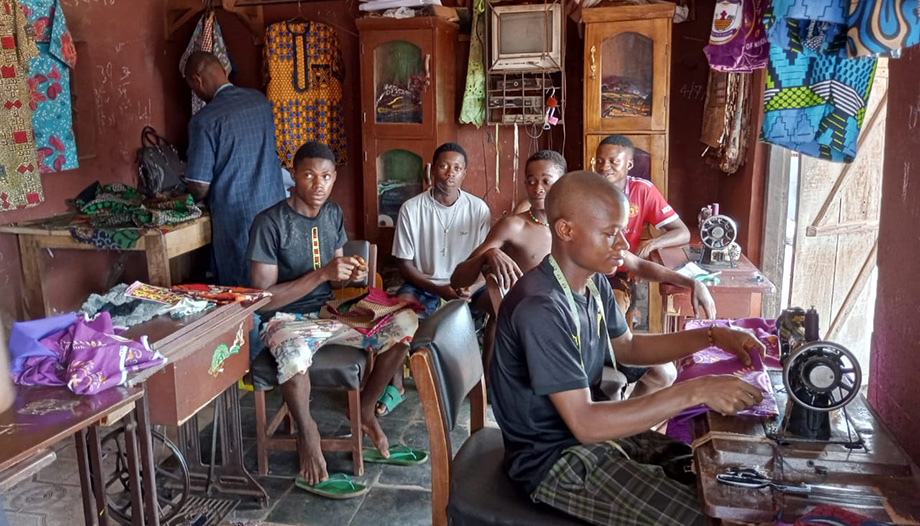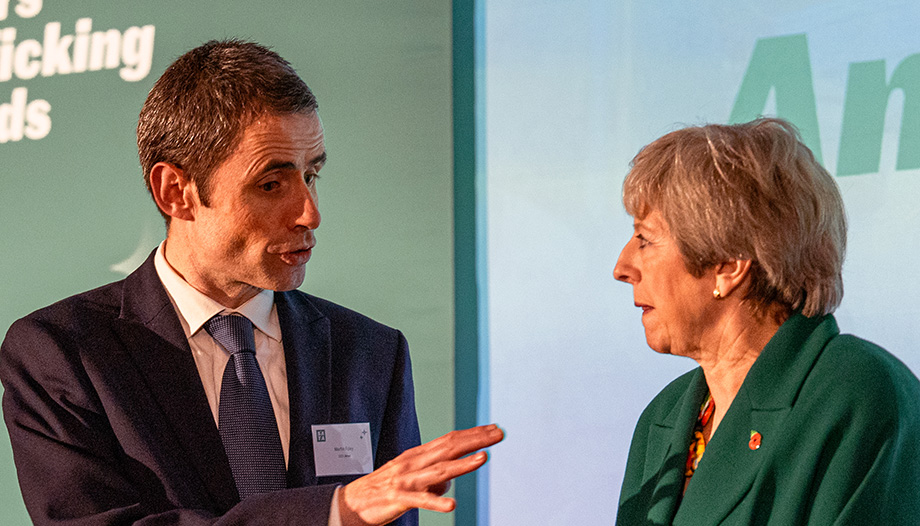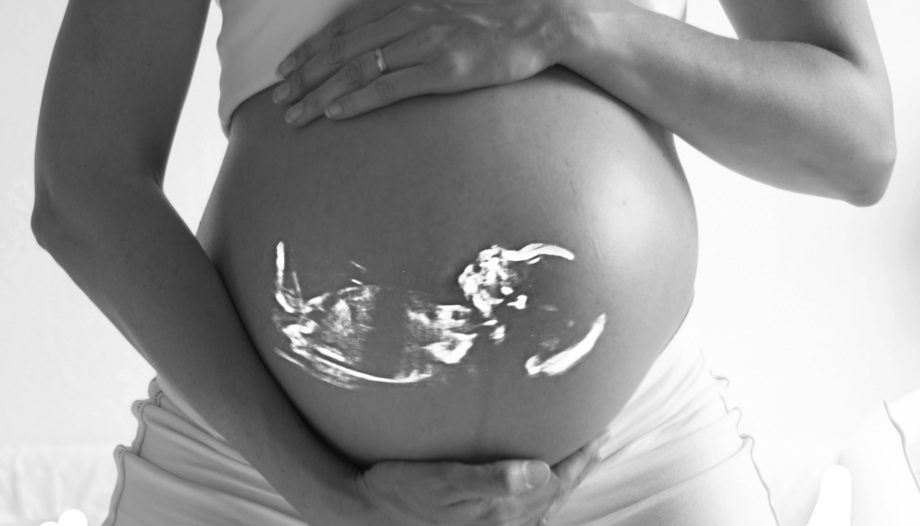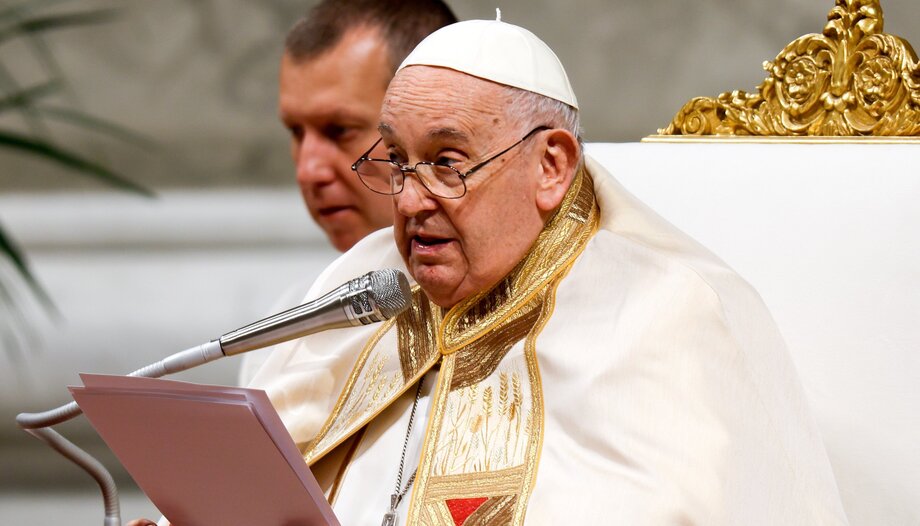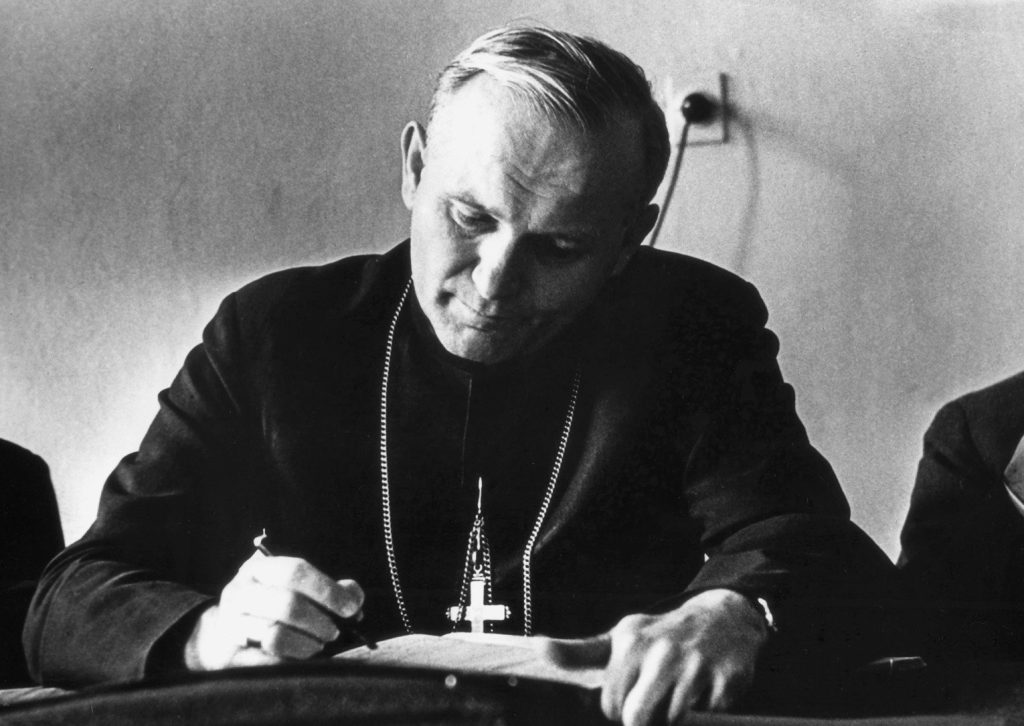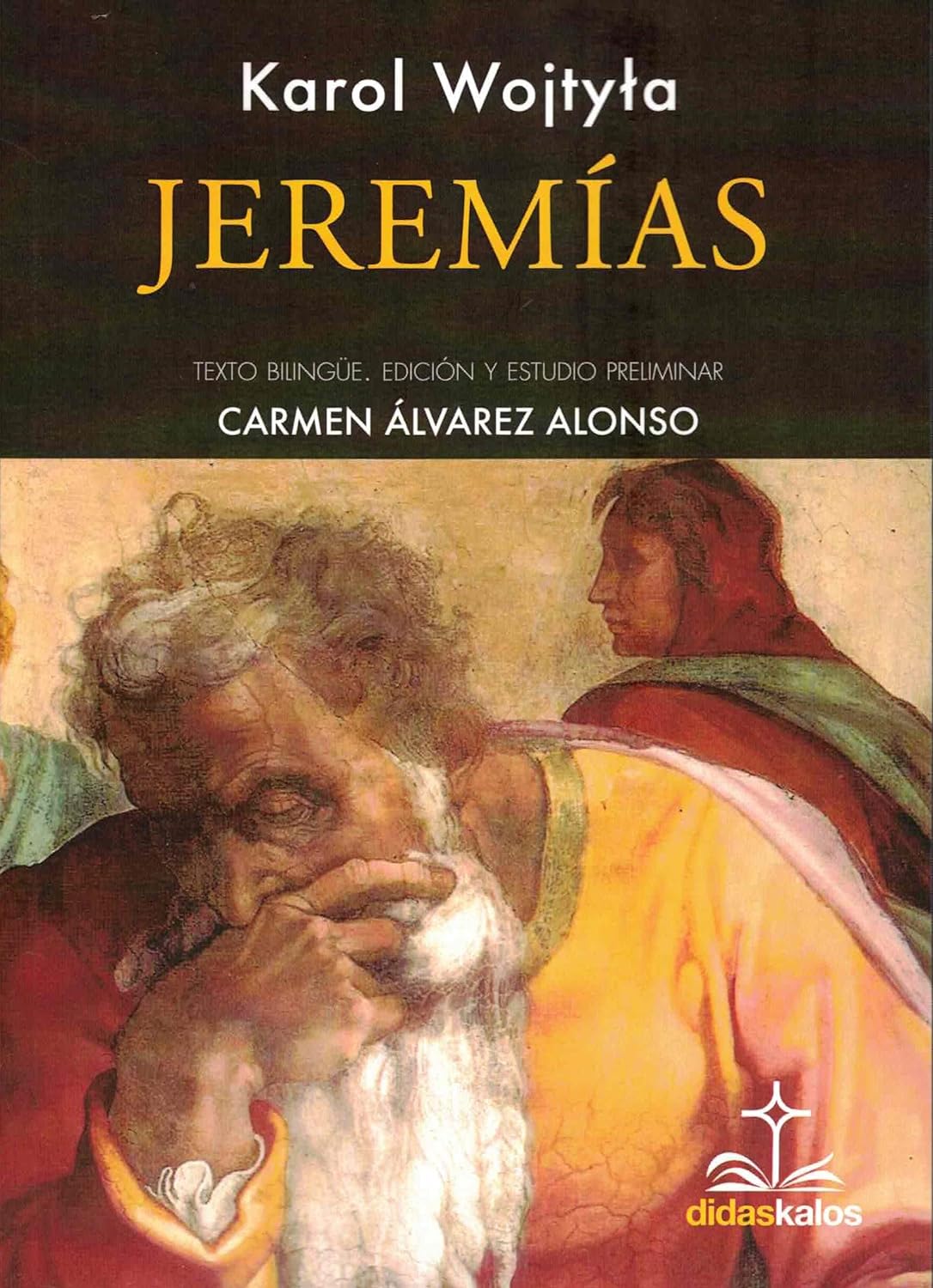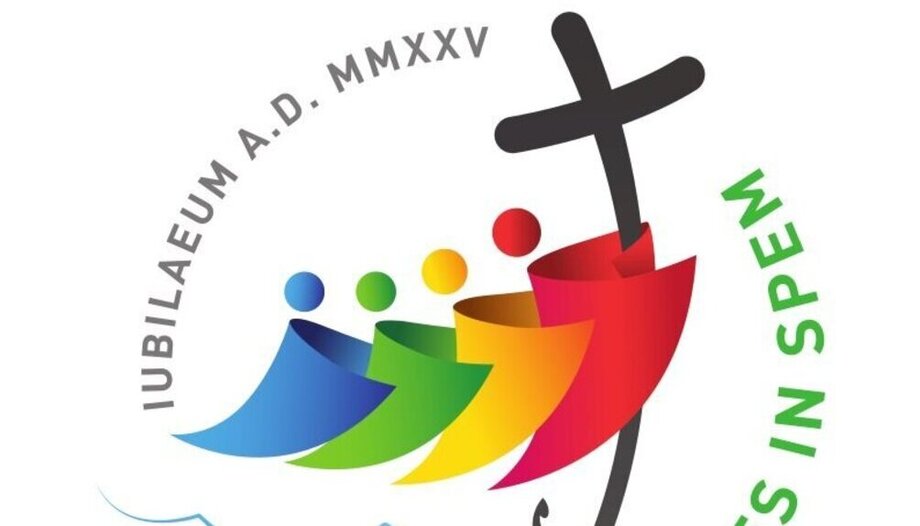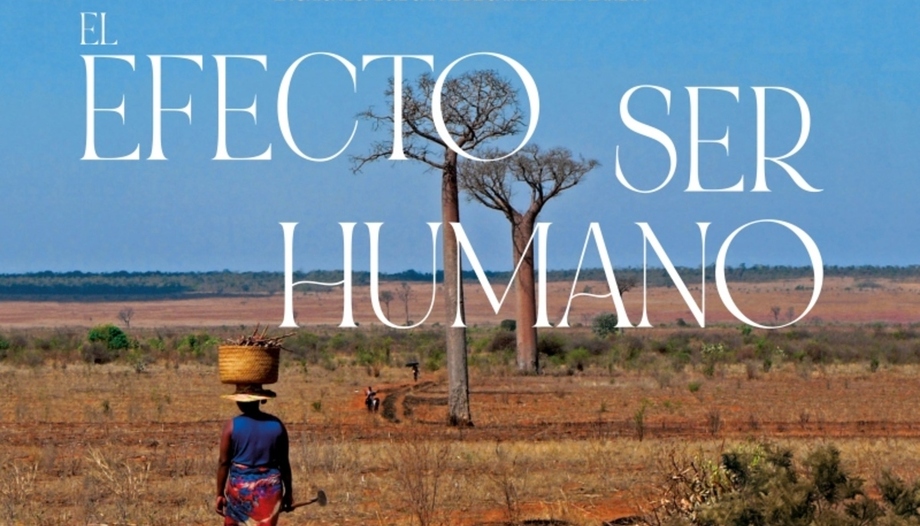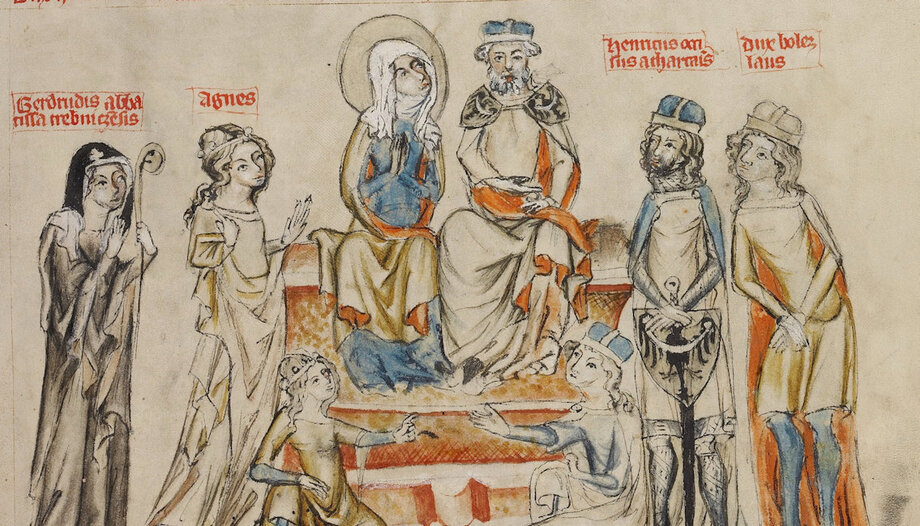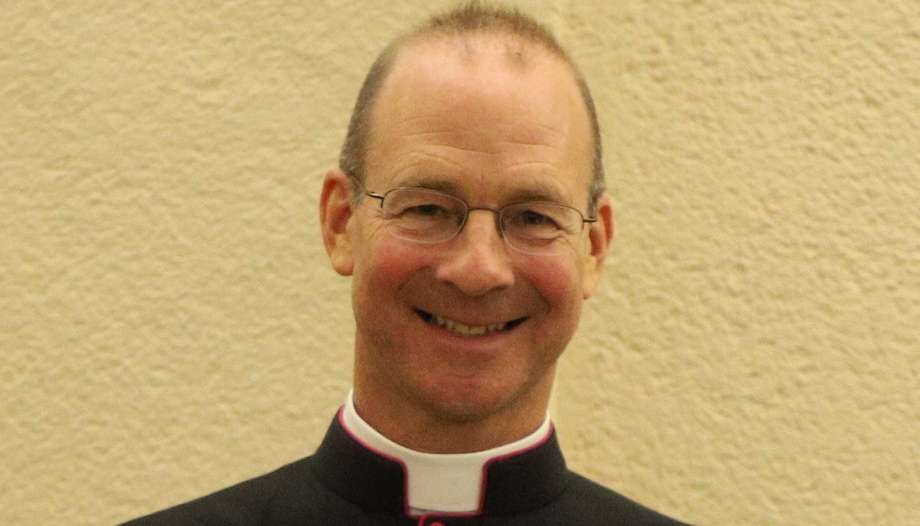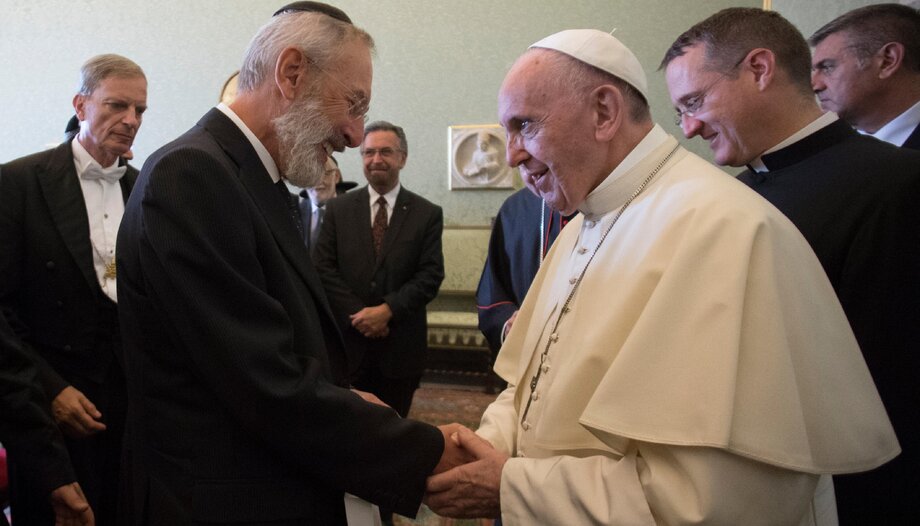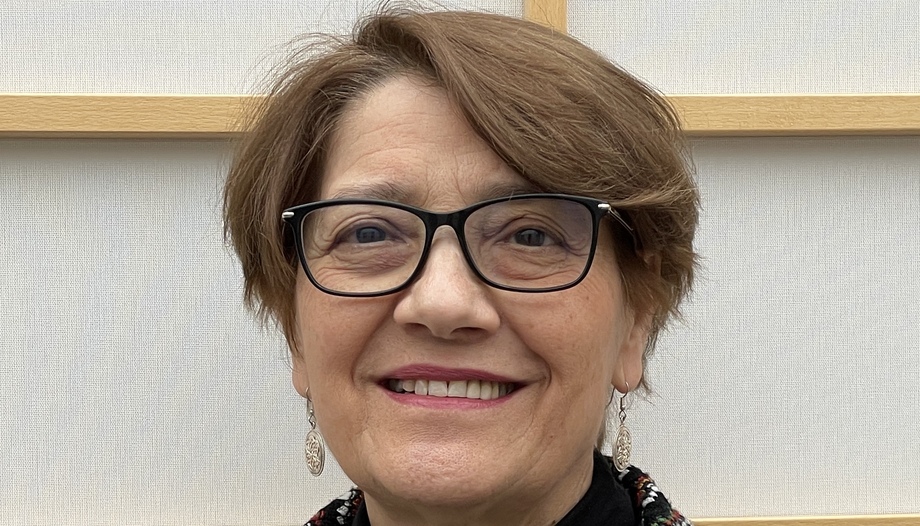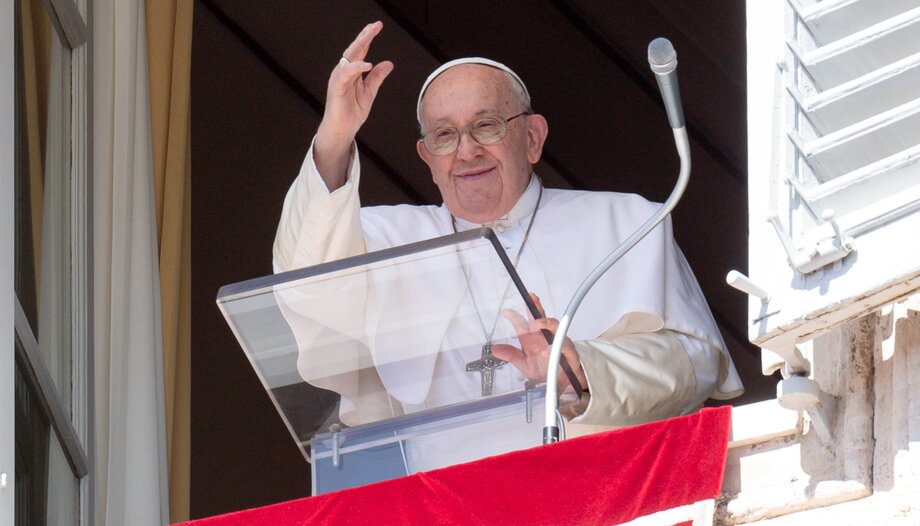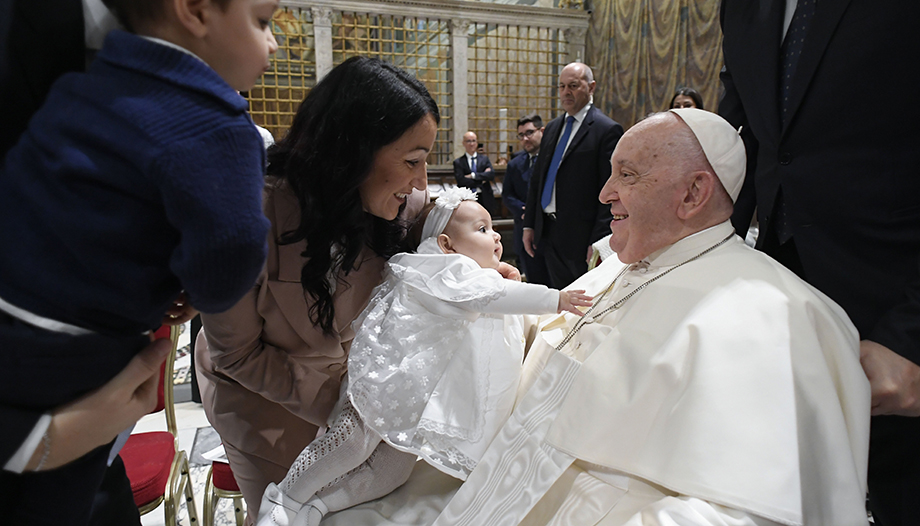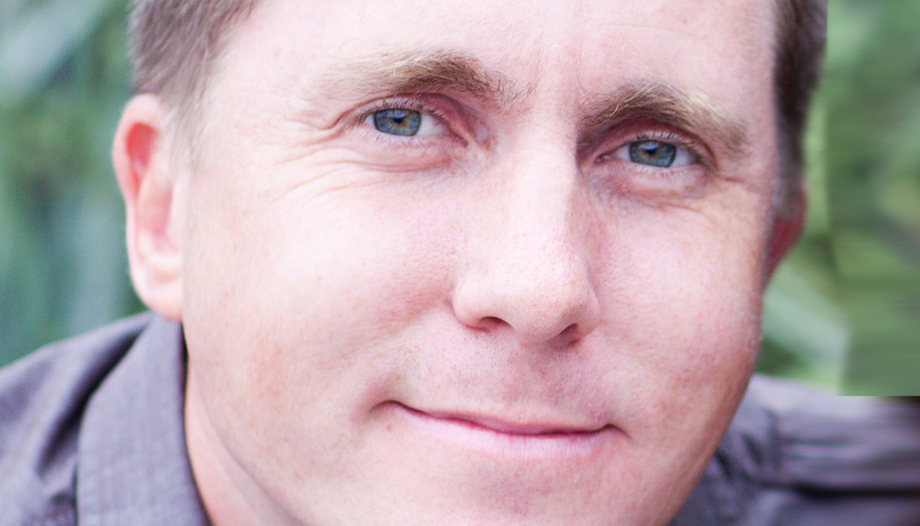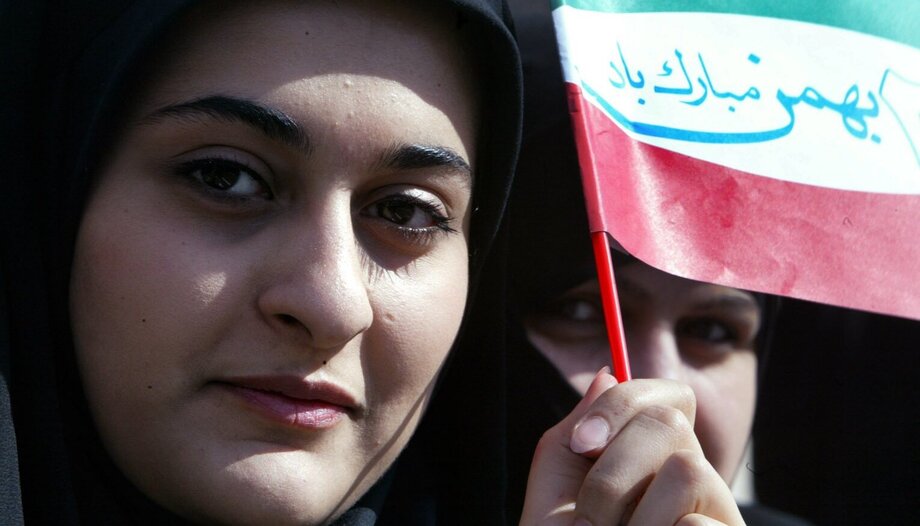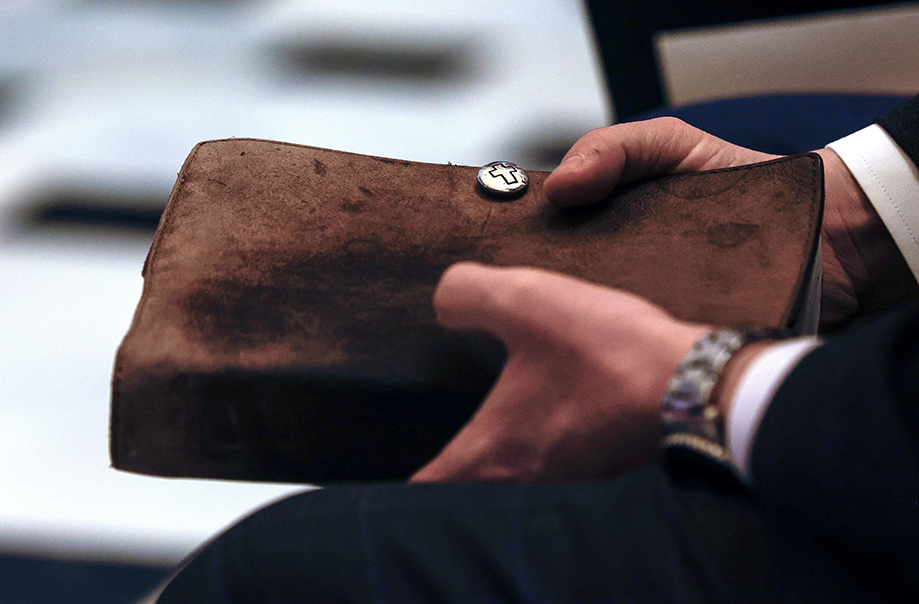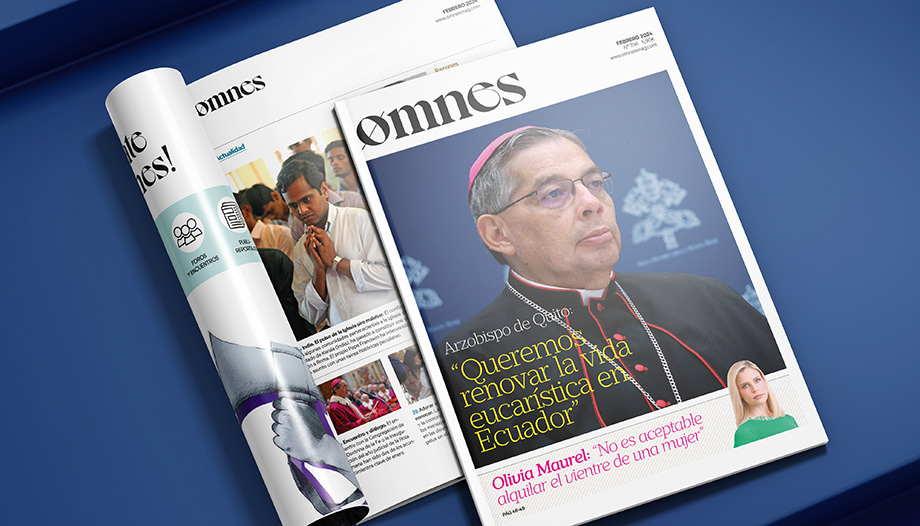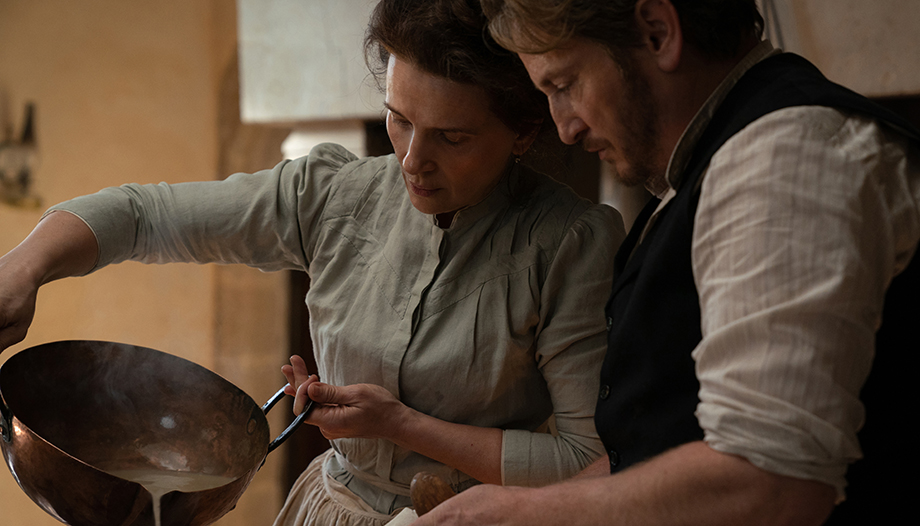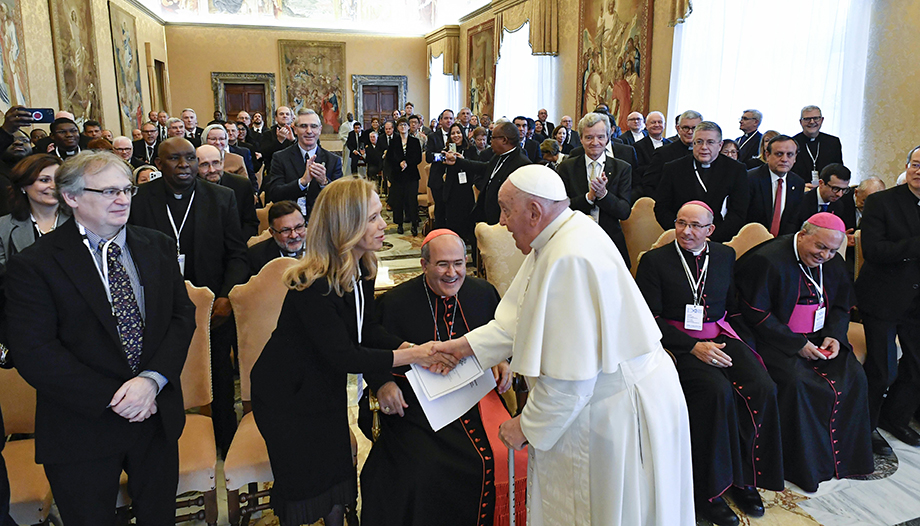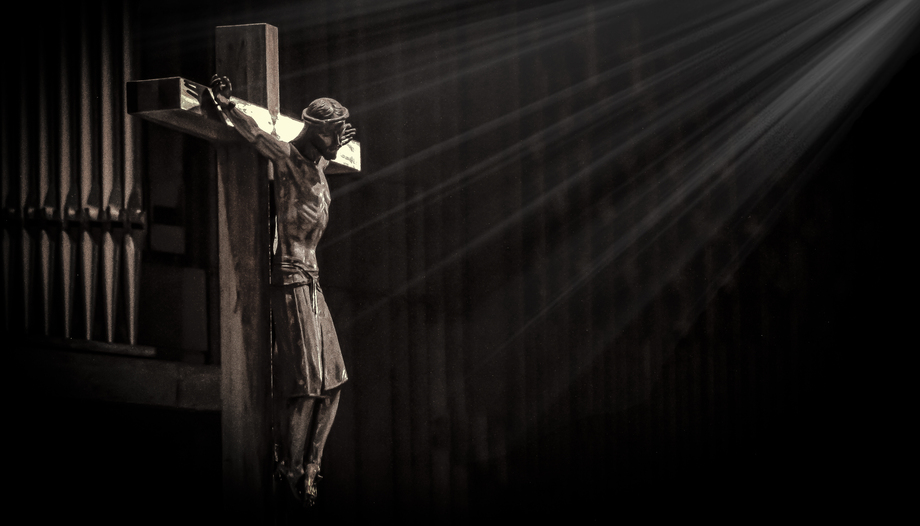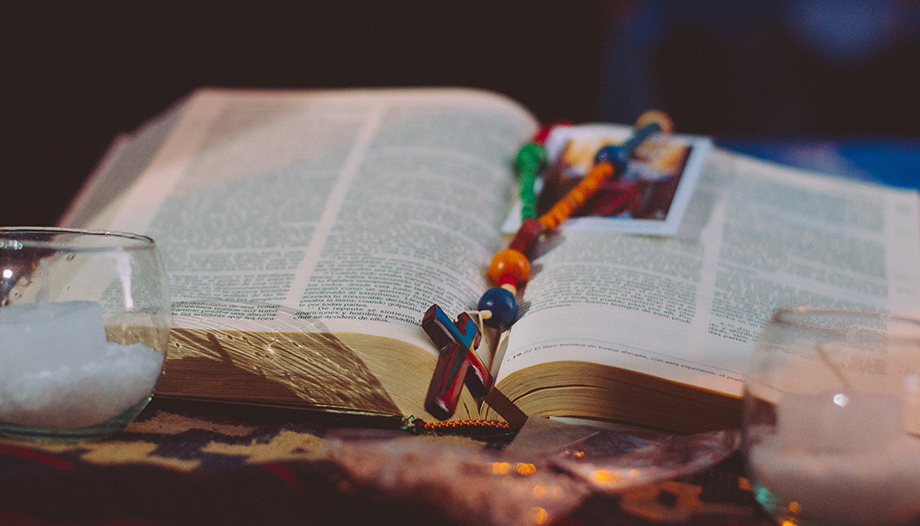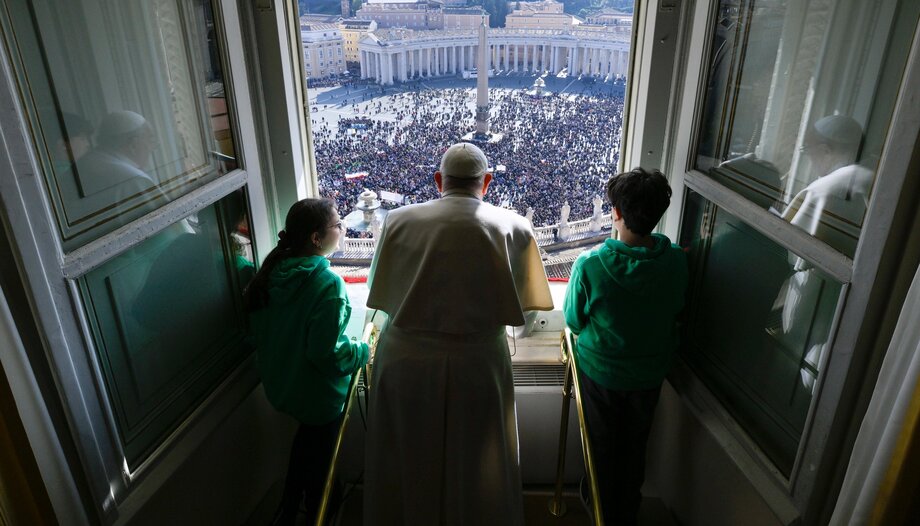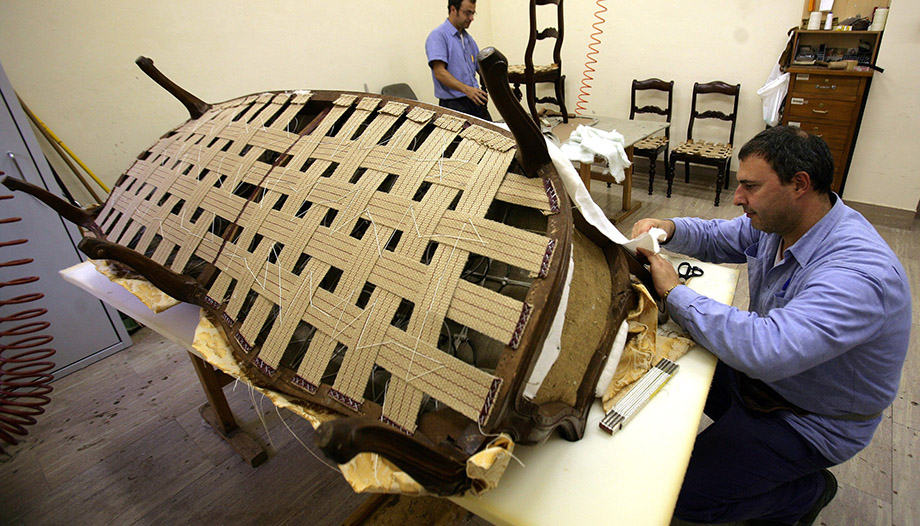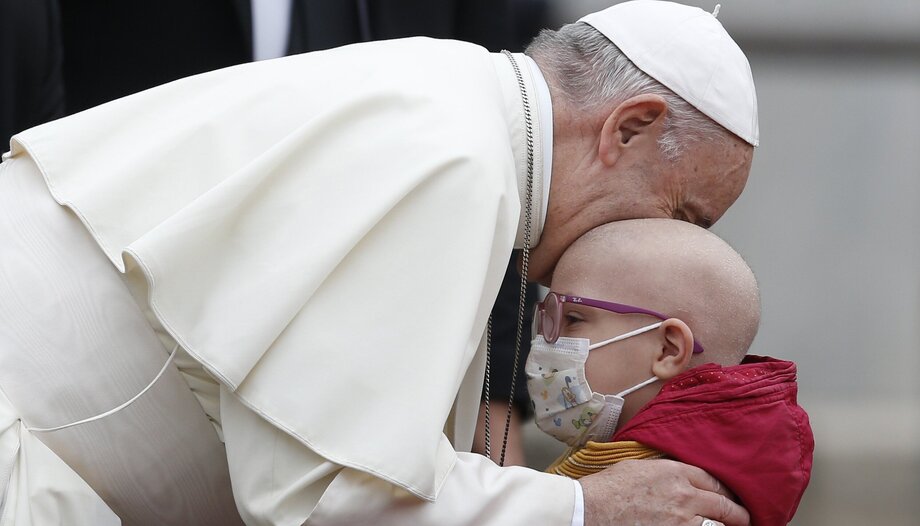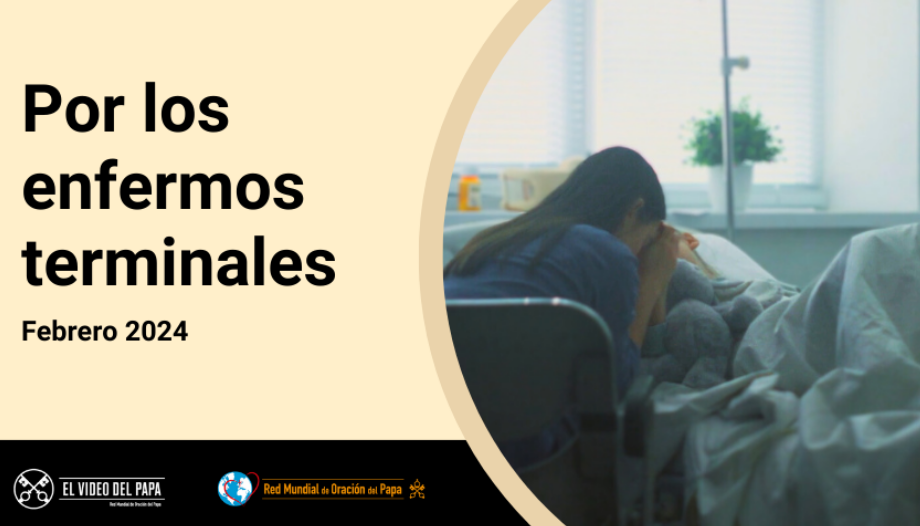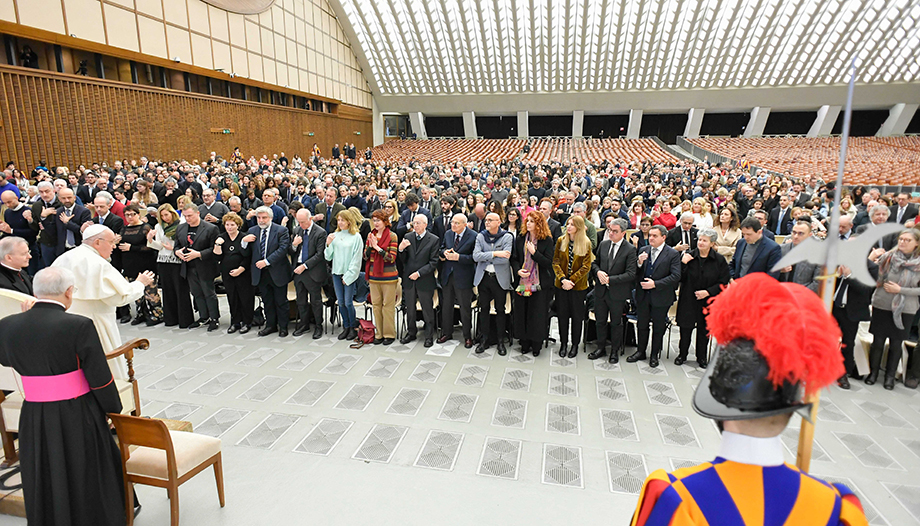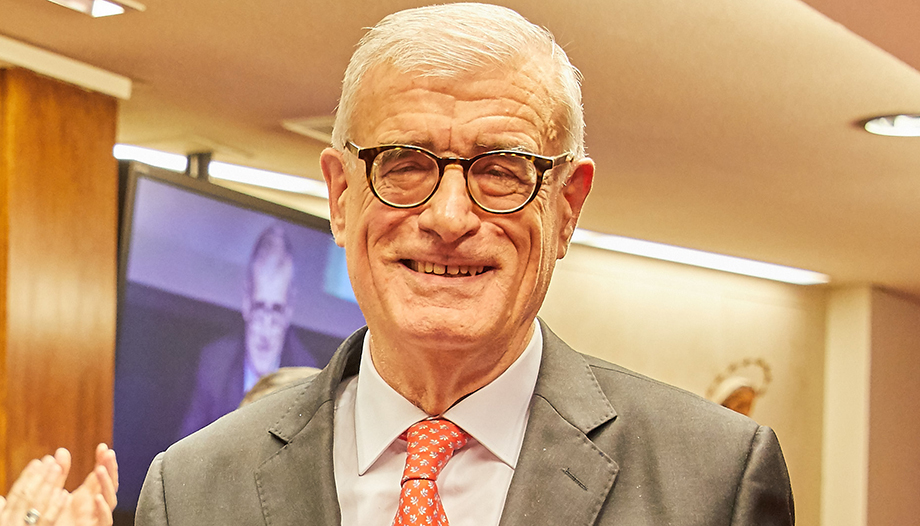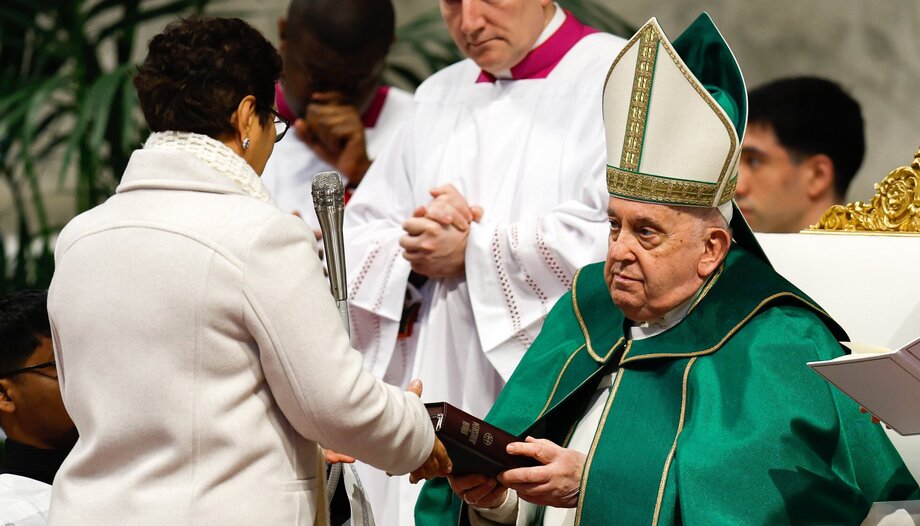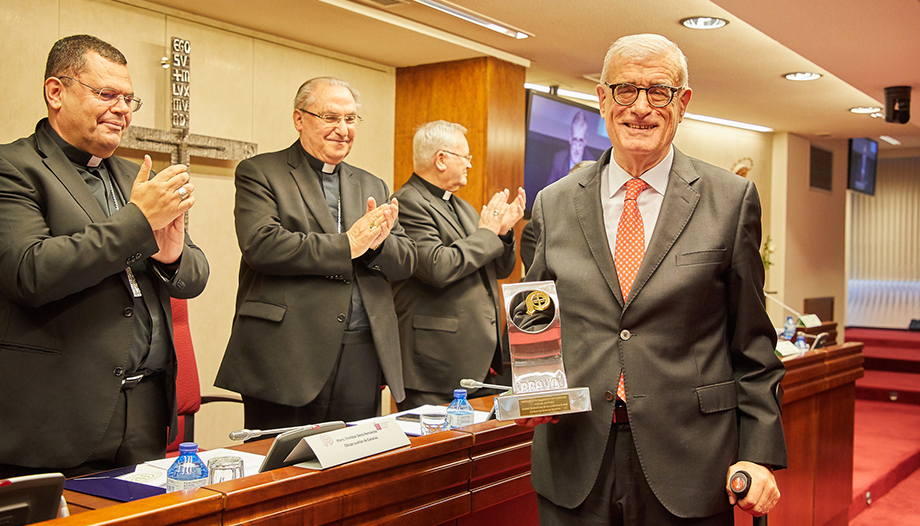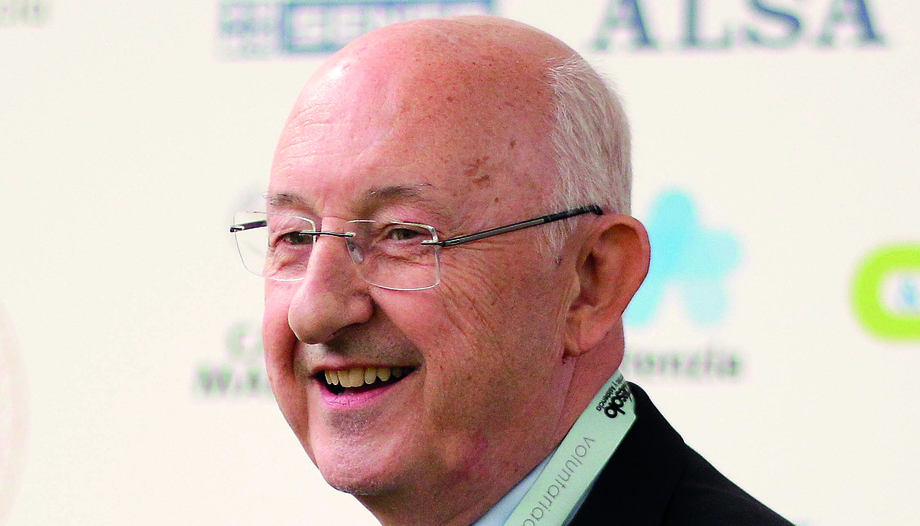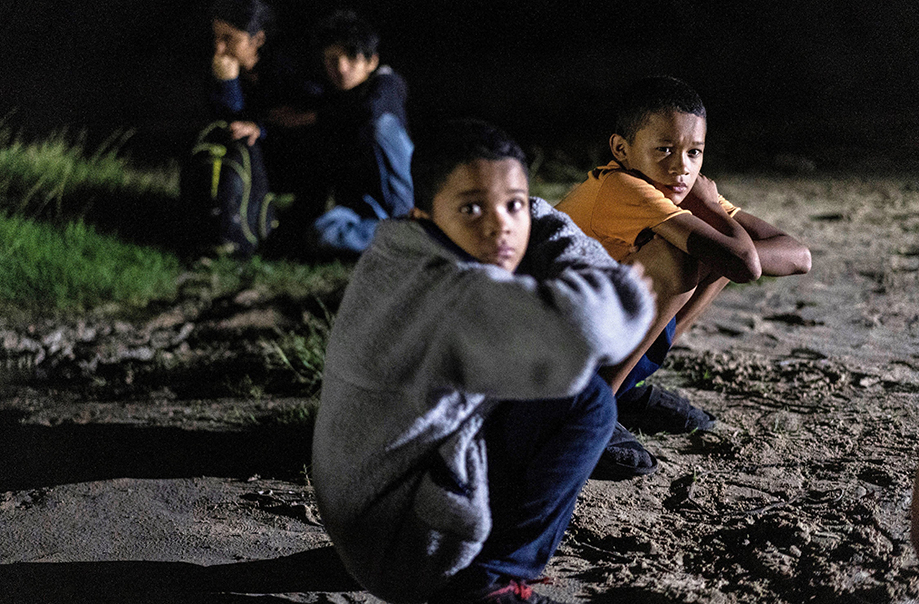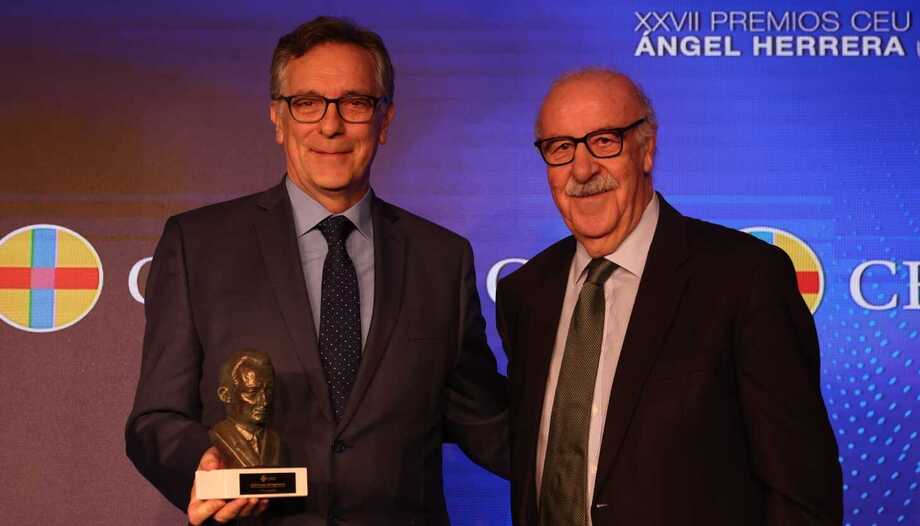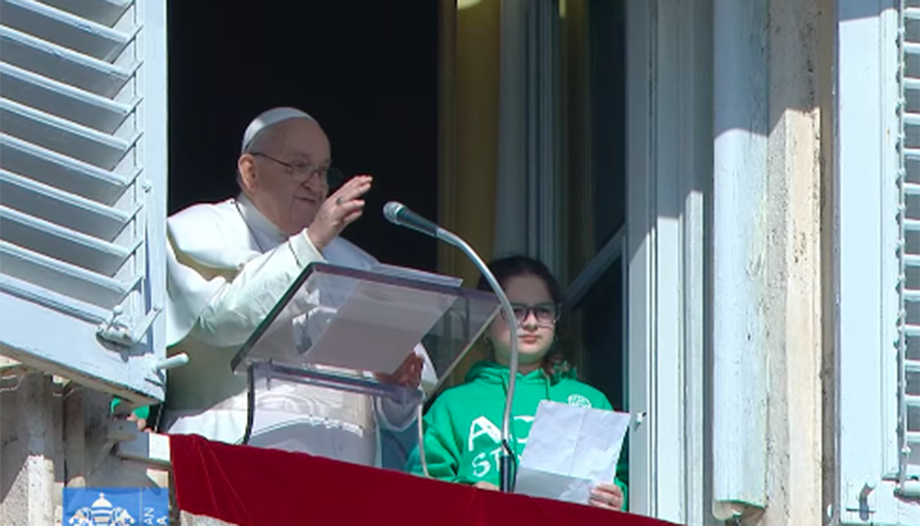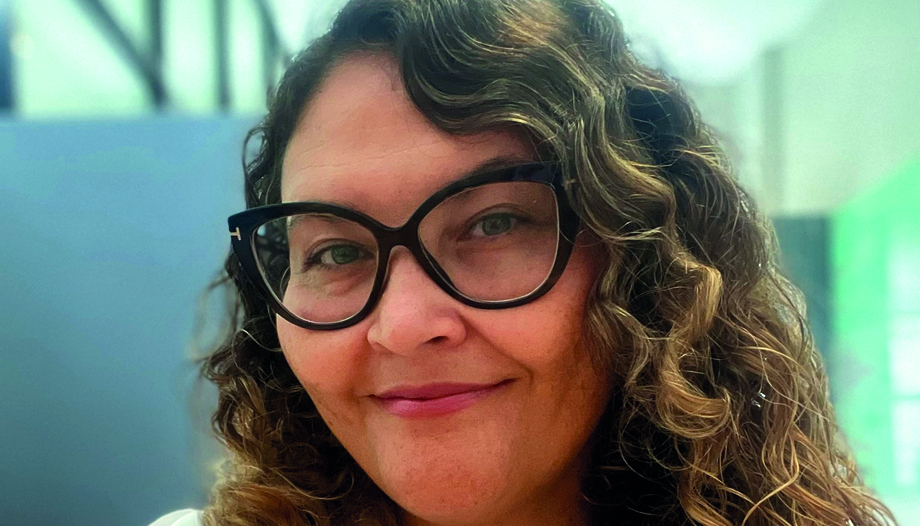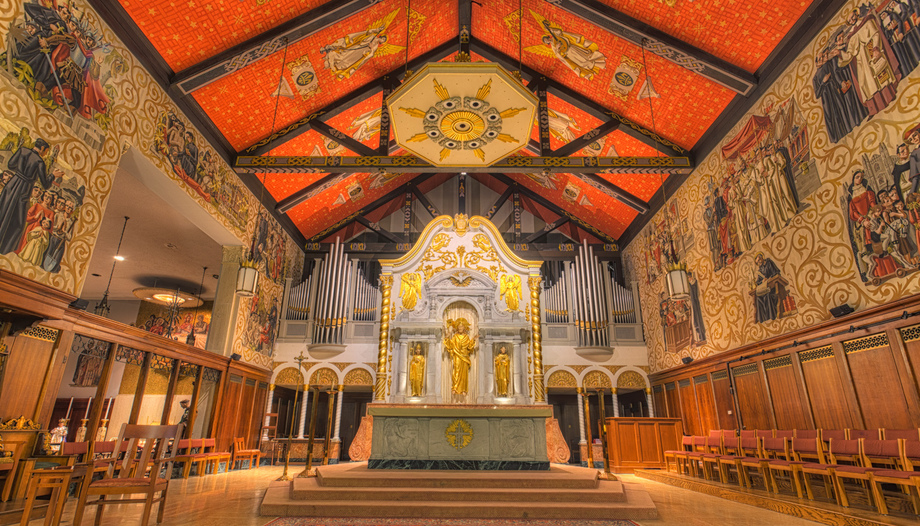Joseph Ratzinger -later the Pope Benedict XVI- is one of the most important theologians of the 20th and 21st centuries. He was primarily a specialist in Fundamental Theology and taught for decades at various universities in Germany: Bonn, Münster, Tübingen and Regensburg. Because of his erudition, his theological breadth and depth and, at the same time, because of his priestly lifestyle and his personal modesty, a circle of students, doctoral students and post-doctoral students gathered around him: the "Joseph Ratzinger Disciples' Circle". From 1978 onwards, they met regularly with their revered teacher. Even after his election as Pope, these meetings continued at Castel Gandolfo.
At the request of Pope Benedict himself, young theologians have been meeting since 2008 to try to research his work and - as can be read on the website of the "new" circle of disciples - have committed themselves to continue his theological approach. Christoph Ohly, professor of Canon Law and rector of the Catholic Theological University of Cologne, is the president of this new circle of disciples of Joseph Ratzinger. We asked Professor Ohly about the background and specific goals of the old and new circle of disciples.
How did the first circle of disciples come about, was it rather an initiative of Professor Ratzinger, or was it a spontaneous meeting of the students with their teacher?
It is well known that the then Professor Ratzinger accompanied numerous theologians on their way to a doctorate or habilitation at their various places of work. In addition to personal conversations, the professor's work also included colloquia with doctoral and postdoctoral students, in which topics of theology and philosophy were repeatedly discussed, often with the participation of renowned Catholic, Protestant and Orthodox theologians of the time.
When Joseph Ratzinger became Archbishop of Munich and Freising in 1977, the idea arose to continue this format of academic work and personal meetings at regular intervals, as far as possible. This idea gave rise to the meetings of the so-called "Schülerkreis" ("Circle of Disciples"), which brought together doctoral and post-doctoral students who had studied and written their dissertations with Professor Ratzinger. If I understood the students' stories correctly, it was about both: the students' concern for their academic teacher and the professor's initiative to meet for a scientific and human exchange.
Have you experienced this type of meeting, and can you describe the atmosphere in more detail? University-style, formal, or more spontaneous and informal?
No, I did not experience these meetings of the circle of disciples, as I belong to a younger generation, which was invited to the meeting days at Castel Gandolfo for the first time in 2008, at the initiative of Pope Benedict XVI and with the approval of the circle of disciples. However, I know from the different stories told by the students of the group that both characteristics combined well in these meetings. They were days of theological exchange in conferences and debates, but also days of human, personal encounters. And, from what they tell, these meetings were supported by a characteristic spiritual framework, especially in the joint celebration of the Holy Mass and the Liturgy of the Hours.
The New Circle of Disciples no longer includes doctoral students, but theologians who are engaged in researching Ratzinger's work. How has the nature of the meetings changed since 2008?
When Benedict XVI celebrated his 80th birthday in 2007, some former assistants of the Faculty of Catholic Theology at the Ludwig Maximilian University of Munich published a book entitled "Symphony of Faith" to commemorate the occasion. In it we have been able to bring together approaches to Ratzinger's theological thought from the perspective of various theological disciplines.
Pope Benedict also received this book and made it - along with other publications on the occasion of his birthday - the reason for inviting representatives of this young generation of theologians to the annual meeting of the Circle of Disciples, which has been held at Castel Gandolfo since Ratzinger was elected to the Chair of Peter. From the beginning, this circle, which was initially called the "Circle of Young Disciples", but was later correctly renamed the "Joseph Ratzinger / Pope Benedict XVI New Disciples Circle", consisted of Catholic and Orthodox theologians, as well as representatives of other disciplines such as philosophy or political science, but all of them had in their work a specific connection to the theological thought of Joseph Ratzinger. Initially, both circles met on their own. This was also the case in the early years.
In the meantime, they exchanged views on their respective works, and on Sunday the program included the joint celebration of a Mass with Pope Benedict and a brief meeting with him. Over the years many friendships have arisen from these meetings and discussions, and the two circles have been able to grow well together, with their different origins and characteristics. To strengthen the prospects for future work, the New Circle of Disciples adopted in 2017 the juridical form of a registered association at the request of Pope Benedict. While the Circle of Disciples retained a rather loose structure, the New Circle of Disciples deliberately endowed itself with a juridical form, which will provide a good space for academic collaboration and personal encounters for future generations.
How would you describe the interaction between the two groups of students?
As I have already mentioned, interaction has intensified over the years thanks to the personal relationships that develop outside of meetings. I would like to give just one example. Since 2019 we have also been organizing every year, on the occasion of the days of meetings in Rome, a public symposium with which we want to shed light on the theological thought of Joseph Ratzinger in relation to the theme of the day, with various lectures and discussions and, at the same time, making it accessible to many interested parties.
In recent years, we have been able to devote ourselves to important topics related to the theological thought of Pope Benedict: the meaning and mission of the ministry in the Church, the fundamental question of God, the message of the redemption of man in Jesus Christ and the relationship between the binding truth of the faith and a possible further development of the Church's doctrine. The result was a series of lecture volumes containing all the lectures and sermons, which were published in the Ratzinger-Studien of the Regensburg publishing house Pustet-Verlag and are therefore available for anyone who wishes to read them. These particular publications are a good example of the cooperation between the two student groups.
Sacred Scripture, exegesis, Church Fathers, Church, liturgy, ecumenism are the hallmarks of Ratzinger's theology. Is it possible to choose, among so many, one key point?
Indeed, that is difficult, given that the New Circle of Disciples is currently composed of almost 40 members who address in a very diverse way the major and minor themes of Joseph Ratzinger's theological thought. It can be affirmed that themes such as Sacred Scripture and its exegesis in the light of the unity of the Old and New Testaments, the reunion with the Fathers of the Church and the history of theology in general, and other fundamental themes related to various theological thematic areas, are always touched upon, since they are fundamental and set a trend.
Because of my personal specialization in canon law, I am naturally interested in all those topics that have to do with questions of law. From a spiritual point of view, the books of Jesus or the sermon volumes of the Gesammelte Schriften (JRGS) series can and should also be mentioned, which also offer an incomparable source of inspiration and impetus in the field of preaching and spiritual life.
The "Open Reason Award" refers to "open reason" as promoted by Ratzinger. Is this "open reason" reflected in the fact that his students did not belong to a particular school?
It is well known that Joseph Ratzinger never wanted to found a "school of his own," if you will. And if one looks at the circle of his doctoral and postdoctoral students with this in mind, one comes to the conclusion that it is not a uniform "school." The characters and theological research specialties of its students are too different for that. However, it can be said that one can identify again and again the basic approaches of its theological thinking, which the New Circle of Disciples later formulated in its statutes as the goals and convictions of its own theological work.
These include the fundamental importance of Sacred Scripture, with its unity between the Old and New Testaments; the connection between historical-critical exegesis and theological interpretation of Scripture; the importance of the Church Fathers for theology; the indispensable rootedness of theology and theologians in the life of the Church; the importance of the liturgy for theology; or the ecumenical orientation, both towards the Orthodox and the Reformation communities.
Various writings and statements by Ratzinger show that, for him, faith is Jesus Christ Himself or the encounter with Him. Was this also manifested in his practical, everyday life?
The last words pronounced by Pope Benedict XVI on his deathbed are still alive in our hearts as words of prayer and confession of Christ: "Signore, ti amo" ("Lord, I love you!"). They immediately remind us of the words of Peter, who, when Jesus asked him three times if he loved him, finally replied: "Lord, you know everything, you know that I love you" (Jn 21:17). This "final chord" of his earthly life points to the center of his life, which was not, as he formulated at the beginning of his encyclical "Deus caritas est," an idea or a construction, but a person, the encounter with the person of Jesus Christ, whom the Church knows as true God and true man.
On the occasion of Benedict XVI's 65th anniversary as a priest, Pope Francis aptly expressed this Christological core present in the life and work of his predecessor: "This is the tone that dominates a whole life immersed in priestly service and in the service of true theology, which you defined, not by chance, as 'the search for the Beloved'. This is what you have always witnessed and still witness today: that the decisive thing of our days [...], that with which everything else comes alone, lies in the fact that the Lord is truly present, that we long for him, that we are inwardly close to him, that we love him, that we really believe in him deeply and truly love him in faith.
It is this true love that truly fills our hearts, it is this faith that allows us to walk safely and calmly on the waters, even in the midst of the storm, as happened to Peter. It is this love and this faith that allows us to look to the future not with fear or nostalgia, but with joy, even in the already advanced years of our life" (June 28, 2016).
The conferences and publications of the disciples' circles are a means of achieving the association's objectives. Is there a resonance in research at universities?
To illustrate your question, I would like to give just one example of the many possible publication formats of the members of the two circles of disciples. Since we organized a public symposium on the topic of encounter within the framework of the annual conferences in Rome, we have published the lectures, statements and sermons of these conferences as conference proceedings in the series "Ratzinger-Studien" published by Pustet-Verlag in Regensburg.
Since 2019, these publications have aroused lively interest and have been welcomed both in personal readings and in reviews and discussions. We are grateful that this instrument - among others - also contributes to making Joseph Ratzinger's theological thought accessible in the light of topical issues and thus also to making it known. The countless positive responses we have received motivate us to continue to do so in the years to come and, in this way, to offer important support to the theology and faith that Pope Benedict XVI served throughout his life.
The website of the New Circle of Disciples lists German as the main language of the site. Has the Circle of Disciples succeeded in perpetuating the Pope's theological legacy beyond Germany??
In short, these are two sides of the same coin. On the one hand, we assume that a member of the New Circle of Disciples is fluent in German in order to be able to read Joseph Ratzinger in the original language and discuss theologically. It is important to read and understand an author in his native language. This also applies to the writings of the Church Fathers, and to great figures in theology and philosophy in the history of the Church up to the Modern Age. Translations are always also interpretations. It is therefore necessary to be able to empathize with the peculiarities of a language and its expressive possibilities.
On the other hand, in the New Circle of Disciples we also have many members who are not native German speakers, but come from other linguistic areas. Also very important for us is the international, one could say global, dimension of the Church, which has strongly characterized the person of Joseph Ratzinger. Through these members, we also have the opportunity to have an impact in other linguistic areas. For example, we are now broadcasting the Rome symposium live in English and Spanish with simultaneous translation to have an impact in two important linguistic areas of the world and of the Church.
Ratzinger said that, like other professors, he would have liked to write a complete work at the end of his academic career. This was not possible for him. Will you be able to compensate to some extent with your research and publications?
When it comes to this type of project, the first and most important thing is humility. We are well aware that in Joseph Ratzinger we are dealing with one of the greatest theologians and ecclesiastical figures in the recent history of the Church, who far surpasses us in our thinking. It would be arrogant to pretend that we could write such a complete work in his name and based on his thought. No, I believe that Benedict XVI was not interested in writing a complete work of any kind - apart from the three-volume book of Jesus, which was always one of his main concerns and for which he took advantage of every free moment and the energy available to him during his pontificate.
Rather, his innumerable publications open up before me like the small and large building blocks of a mosaic, which together form a whole picture. Our work consists, therefore, in opening up individual topics and interrelated lines and continuing them in the form of his theological thought. In view of many current topics, this is an enormous mountain of work that awaits us in the coming years and decades. I am firmly convinced that future generations will rediscover Pope Benedict XVI as a teacher of faith and a great initiator of theological thought and reflection.
The first meeting without Pope Benedict XVIwas last year's symposium in Rome on September 23. How did it differ from previous meetings?
The first meeting after the death of Pope Benedict XVI naturally had its own character and was dedicated to his theological legacy. The title of the conference clearly expresses this: "Being collaborators of the truth. Passing on to future generations the rich legacy of Pope Benedict XVI". Fundamental facets of his thought were discussed in lectures, statements, stories and sermons, as well as detailed questions about his theology and his person.
The four great themes of the Constitutions of the Second Vatican Council, which can also be considered the central pillars of its theology: Revelation of God, Church, Liturgy, Church and World, were placed in the foreground. I was particularly impressed by the celebration of Holy Mass at the tomb of St. Peter the Apostle and the subsequent joint visit and prayer at his tomb in the grottoes of St. Peter's Basilica. By the way, all the papers from the symposium can be heard on the New Disciples Circle website before the full conference proceedings are published later this year.
Even before the publication of the books of Jesus of Nazareth, well-known Church figures considered the Pope a Doctor of the Church. Can the work of the Circle of Disciples contribute to his soon being declared as such?
It is important to me that we organize our work as the New Circle of Disciples well and profitably in the coming years. According to the statutes of our association, this work includes promoting the scholarly development of Joseph Ratzinger's theological work, safeguarding and developing his intellectual legacy for Catholic theology, and promoting international and interdenominational cooperation among theologians. I believe that we have been entrusted with much in this regard. If we can make a contribution that makes his importance as a teacher for the Church of our time and of the future recognizable, I would of course be very grateful.
Austria




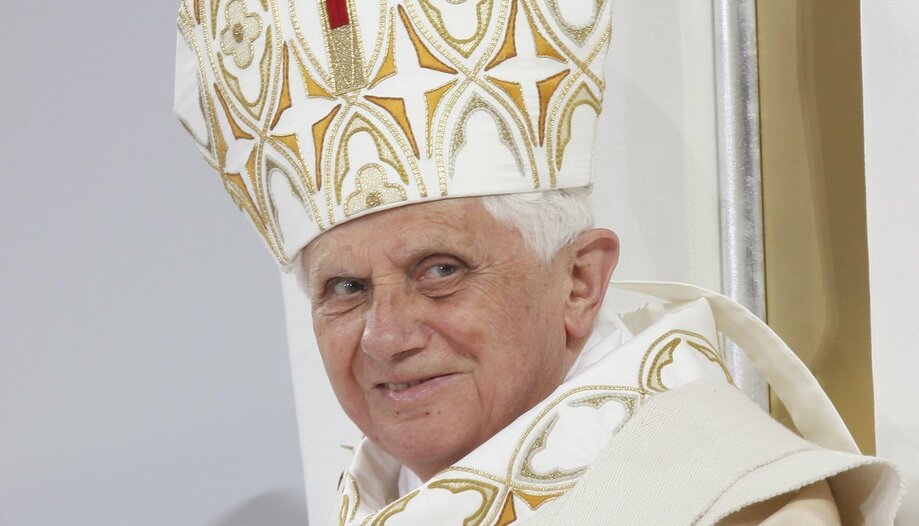
 "Ratzinger's theology is symphonic," says Pablo Blanco
"Ratzinger's theology is symphonic," says Pablo Blanco


